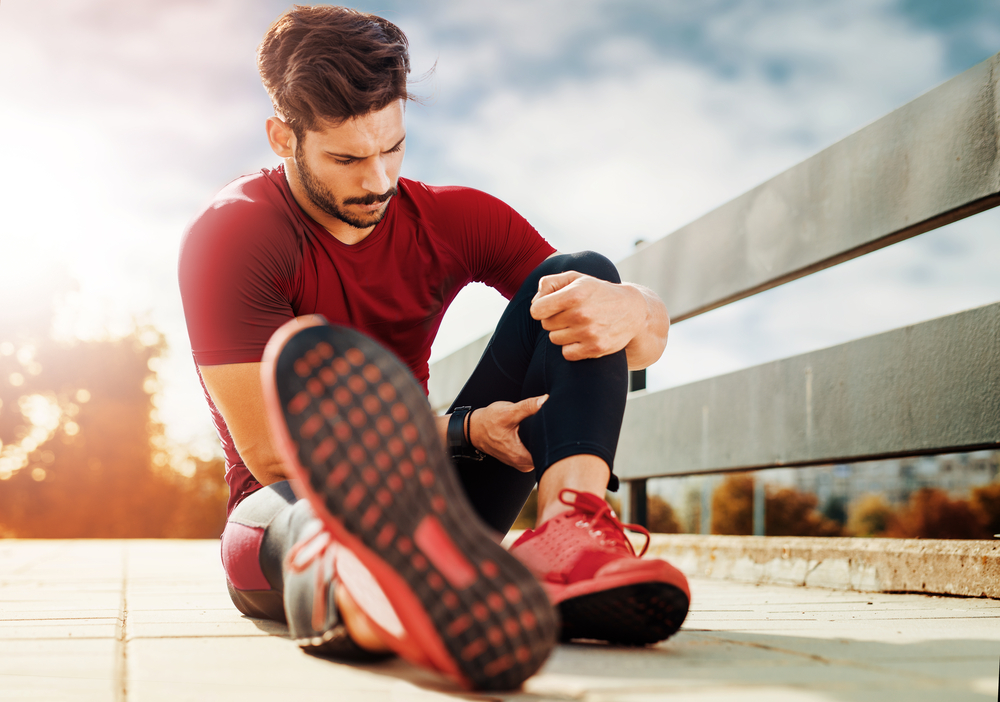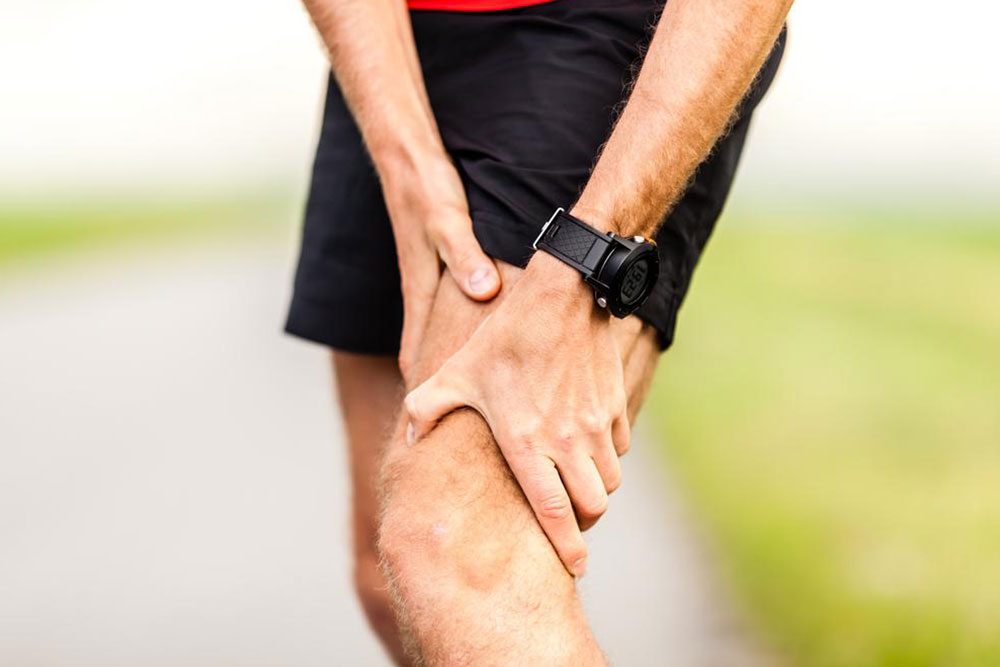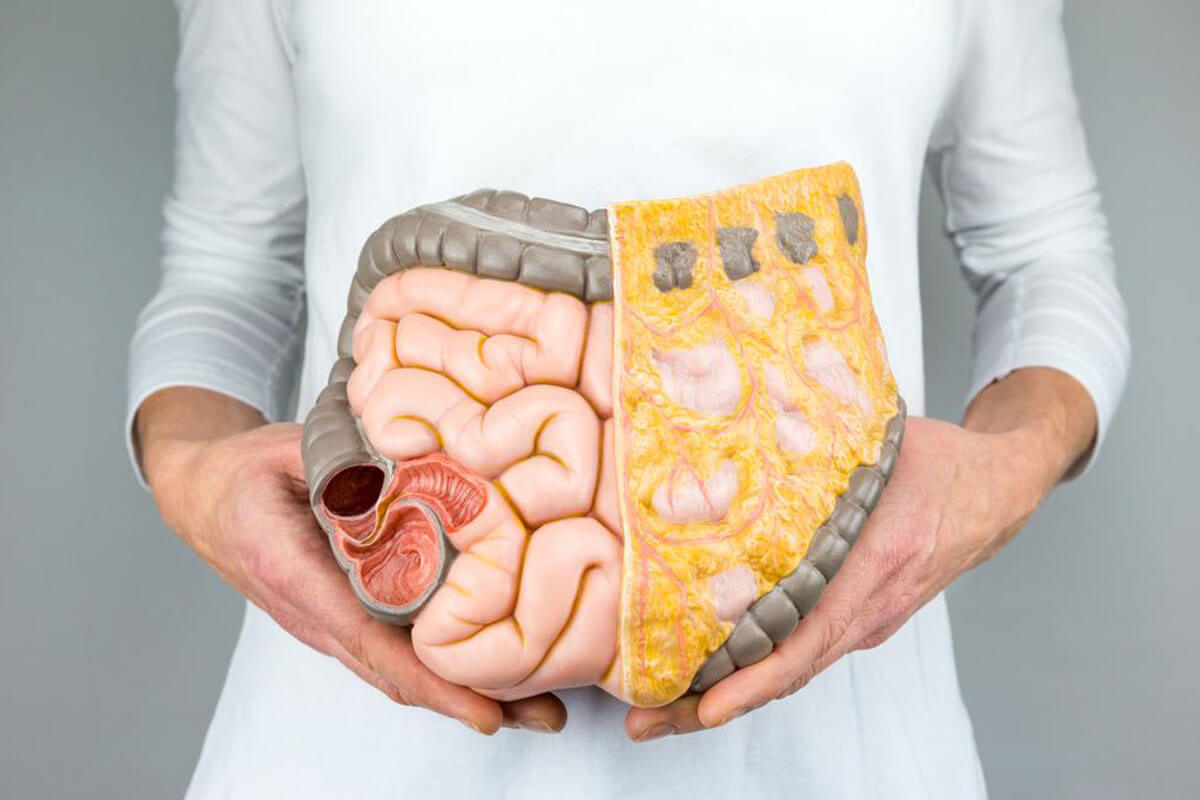Comprehensive Guide: 7 Effective Methods to Ease Leg Discomfort and Improve Mobility
This comprehensive guide explores seven scientifically backed strategies to relieve leg discomfort, enhance circulation, and improve mobility. From hydration and exercise routines to dietary adjustments and ergonomic support, learn effective ways to manage and prevent leg pain. Implementing these lifestyle changes can lead to better muscle health, reduced discomfort, and an improved quality of life, making it an essential resource for those experiencing persistent leg issues or seeking preventative care.

Comprehensive Guide: 7 Effective Methods to Ease Leg Discomfort and Improve Mobility
Persistent discomfort in the legs can significantly affect daily life, limiting mobility and decreasing overall well-being. For many individuals, leg pain is more than just a temporary nuisance; it can be a chronic issue stemming from various health conditions and lifestyle factors. Understanding how to effectively manage and prevent leg discomfort is essential for maintaining an active, healthy lifestyle. This detailed article aims to provide an in-depth look at seven scientifically supported strategies to alleviate leg soreness, reduce discomfort, and promote healthy circulation and muscle function.
Leg pain can originate from numerous causes, each requiring specific approaches for management. Some of the most common origins include:
**Arthritis:** Age-related joint inflammation can cause pain, stiffness, and swelling in the knees, hips, and other joints connected to the legs. Osteoarthritis is particularly prevalent among older adults, leading to cartilage degeneration and bone-on-bone contact.
**Muscle Strains and Overuse:** Engaging in strenuous physical activities without proper warm-up or cool-down routines often results in muscle strains, cramping, or spasm, especially in the calves and thighs.
**Peripheral Neuropathy:** Damage to peripheral nerves impairs sensation and motor control, leading to numbness, tingling, and pain in the legs and feet. This condition is commonly associated with diabetes and other metabolic disorders.
**Muscle Atrophy:** Muscle wasting, often due to aging, inactivity, or neurological conditions, weakens the legs and increases susceptibility to pain and injury.
**Maintain Adequate Hydration:** Proper hydration is vital for optimal muscle function. Dehydration can disrupt electrolyte balance, leading to cramps, spasms, and pain during physical activity or rest. Consuming sufficient water throughout the day supports muscle health and reduces discomfort.
**Implement a Consistent Exercise Regimen:** Regular, moderate exercise helps strengthen leg muscles, improve flexibility, and enhance circulation. Warming up before exercise and incorporating stretches afterward can prevent injuries. Activities like brisk walking, cycling, and swimming are especially beneficial for those prone to leg pain.
**Reduce Intake of Unhealthy Fats:** Diets high in saturated and trans fats, commonly found in fast food and processed snacks, impair blood flow and exacerbate circulatory issues. Focusing on a balanced diet rich in fruits, vegetables, lean proteins, and whole grains promotes healthy blood circulation and tissue repair.
**Avoid Harmful Lifestyle Habits:** Excessive alcohol consumption and smoking negatively affect vascular health and nerve function, worsening leg pain and numbness. Engaging in stress-reducing practices like meditation, yoga, and herbal therapies can support healthier habits and assist in recovery.
**Utilize Herbal and Nutritional Supplements:** Nutrients like vitamin B complex, magnesium, and omega-3 fatty acids contribute to nerve health, reduce inflammation, and support joint function. Incorporating natural supplements such as kelp or herbal infusions can complement dietary efforts to alleviate leg discomfort.
**Optimize Ergonomic Posture and Support:** Proper seating and standing postures are crucial in minimizing leg strain. Using ergonomic chairs with adjustable heights, supportive cushions, and footrests encourages healthy circulation. Ensure feet are flat on the ground, and avoid prolonged dangling of legs to prevent vascular compression.
**Regular Leg Massages and Relaxation Techniques:** Gentle massages with nourishing oils can reduce muscle tension and improve blood flow. Post-activity warm showers alleviate soreness and help relax tense muscles. Techniques such as self-massage, foam rolling, and stretching improve flexibility and speed up recovery.
Adopting these lifestyle adjustments can significantly diminish the incidence of leg pain, enhance mobility, and lead to an improved quality of life. Evidence-based strategies such as proper hydration, regular exercise, dietary modifications, and ergonomic support form a comprehensive approach to managing leg discomfort. Beyond alleviating symptoms, these practices help prevent chronic conditions, reduce dependency on medication, and promote overall health. By integrating these healthy habits into daily routines, individuals can boost their physical resilience, maintain independence, and contribute positively to society through active participation and productivity.





